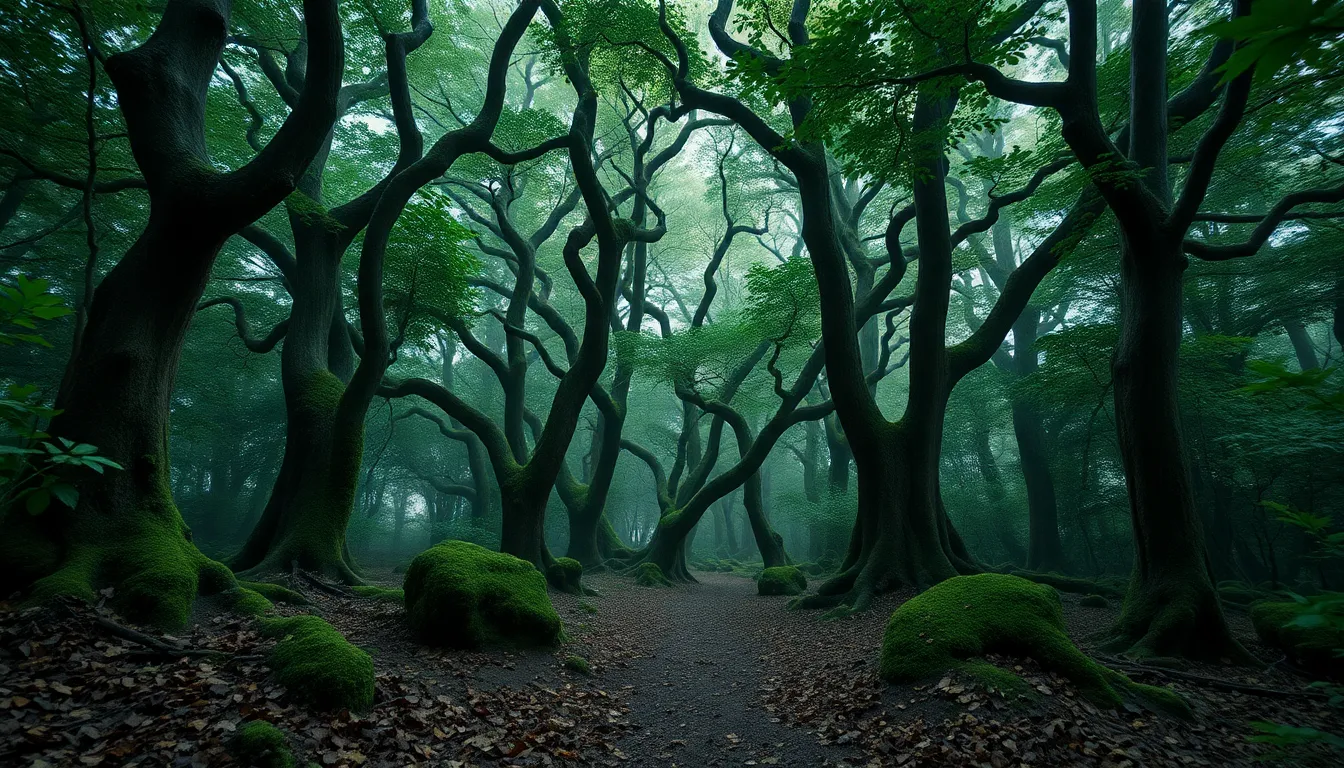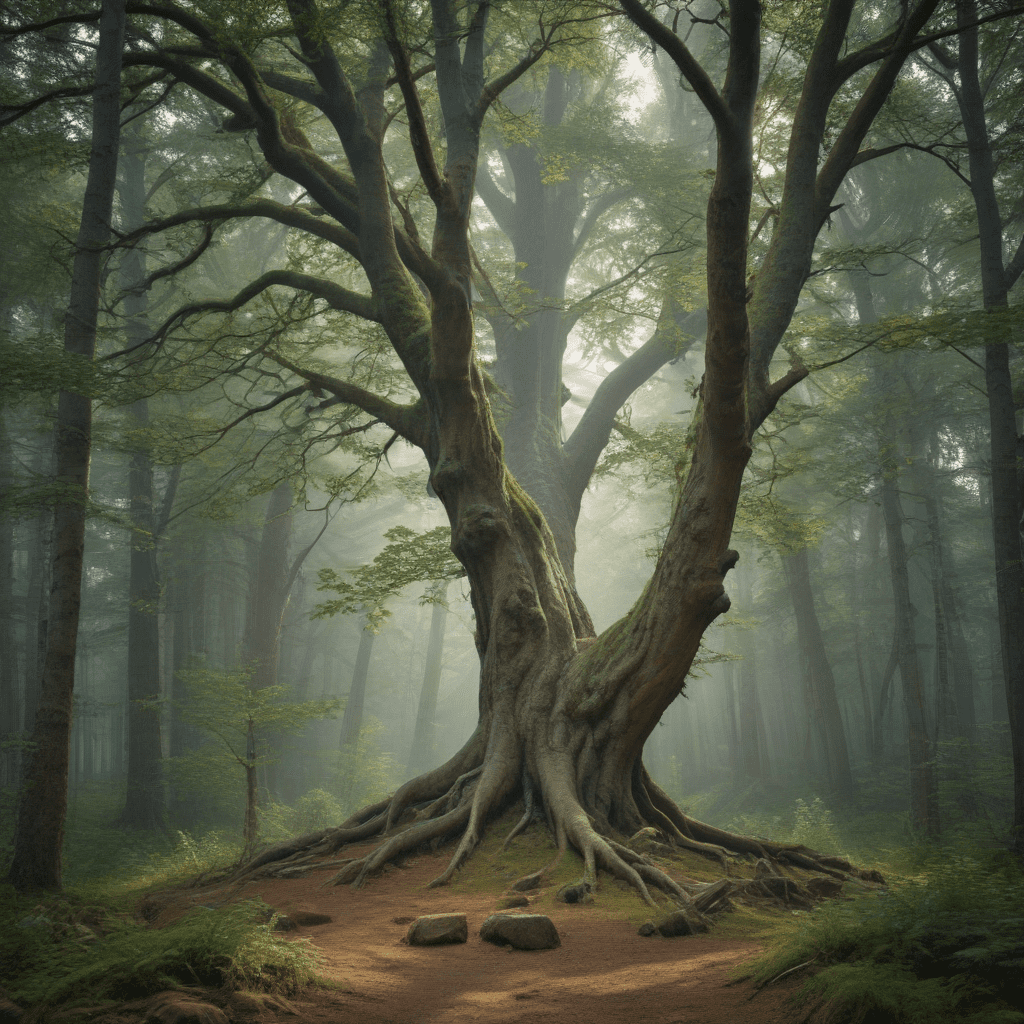1. Creation Myths
The Shoshone tribe holds a rich collection of creation myths that explain the origins of the world and humanity. One prevalent myth narrates the emergence of people from the depths of the earth through a hole or opening known as "the place of emergence." In another version, humanity arises from a primordial lake or body of water. These origin stories often feature a divine figure or creator being who shapes the world and its inhabitants.
2. The Legend of Singatse
Singatse is a central figure in Shoshone mythology, revered as the culture hero who brought essential knowledge and skills to the tribe. The legend recounts Singatse's journey to the "Land of the Above" to acquire wisdom and gifts for his people. He returns with vital knowledge, including the ability to make fire, craft tools, and perform healing rituals. Singatse's teachings lay the foundation for the tribe's social and cultural practices, establishing customs, laws, and ceremonies.
3. The Coyote Trickster
The Coyote, a prominent character in Shoshone mythology, embodies the archetype of the trickster figure. Its tales often portray Coyote as both clever and mischievous, using cunning and deception to navigate challenges. Coyote's exploits provide cautionary lessons about the dangers of hubris, greed, and impulsive behavior. Yet, despite its flaws, Coyote also serves as a symbol of adaptability, resilience, and the power of laughter.
4. The Rabbit and the Buffalo
The Rabbit and the Buffalo feature in a classic Shoshone fable that reflects their opposing natures. Rabbit, known for its agility and wit, challenges Buffalo, a symbol of strength and power, to a race. Through clever strategy, Rabbit outwits Buffalo, demonstrating that cunning can triumph over brute force. The tale serves as a reminder of the importance of resourcefulness and adaptability in overcoming challenges.
5. The Origin of the Sun and Moon
Shoshone mythology offers an intriguing explanation for the existence of the Sun and the Moon. In one legend, two brothers, Sun and Moon, are separated by their father, the sky god. Sun pursues Moon, causing the phases of the moon as he tries to catch up. The story highlights the cyclical nature of celestial bodies and the relationship between the Earth, the sky, and the celestial realm.
6. The Star People
Shoshone mythology tells of the Star People, who dwell in the heavens. They are believed to be the ancestors of the Shoshone, who ascended to the stars after death. The Star People possess great wisdom and often intervene in human affairs, guiding and protecting their descendants. They are revered as celestial beings who watch over the tribe and provide assistance in times of need.
7. The Land of the Afterlife
In Shoshone mythology, the Land of the Afterlife is a realm inhabited by the spirits of the departed. It is believed to be located in the west, beyond the horizon. The Land of the Afterlife is described as a place of peace and abundance, where the spirits of the ancestors live in harmony and continue their existence. It is often depicted as a vast meadow filled with beautiful flowers, streams, and mountains.
8. The Sacred Mountains
Certain mountains hold great spiritual significance for the Shoshone tribe. These mountains are believed to possess inherent power and are considered dwelling places of the spirits. Ceremonies and rituals are performed on and around these sacred mountains, and they serve as focal points for spiritual connection and communication with the divine.
9. The Shoshone Prophecies
Shoshone mythology includes a body of prophecies that foretell future events and guide the tribe's actions. These prophecies are passed down through generations of oral tradition and are held in high regard. They provide insights into the destiny of the tribe, predicting challenges and opportunities that lie ahead. The prophecies serve as a source of wisdom and inspiration for the Shoshone people.
10. The Influence of Mythology on Shoshone Culture
Shoshone mythology has profoundly influenced the tribe's culture, shaping their beliefs, values, and practices. The stories, legends, and prophecies provide a framework for understanding the world, defining the roles of individuals within the community, and establishing moral and ethical guidelines. Mythology continues to play a vital role in the spiritual and cultural life of the Shoshone tribe.
FAQ
Q: What is the significance of the Coyote in Shoshone mythology?
A: The Coyote is a prominent trickster figure, embodying cleverness, cunning, and resilience.
Q: How did the Shoshone believe humans came into existence?
A: According to Shoshone creation myths, humans emerged from the depths of the earth or from a primordial body of water.
Q: What is the Land of the Afterlife like in Shoshone mythology?
A: The Land of the Afterlife is believed to be a peaceful and abundant realm inhabited by the spirits of the departed.
Q: How have the Shoshone prophecies influenced the tribe's culture?
A: Shoshone prophecies provide insights into the destiny of the tribe, guiding their actions and offering a sense of purpose.
Q: Who is Singatse in Shoshone mythology?
A: Singatse is a culture hero who brought essential knowledge and skills to the Shoshone tribe, including the ability to make fire, craft tools, and perform healing rituals.



